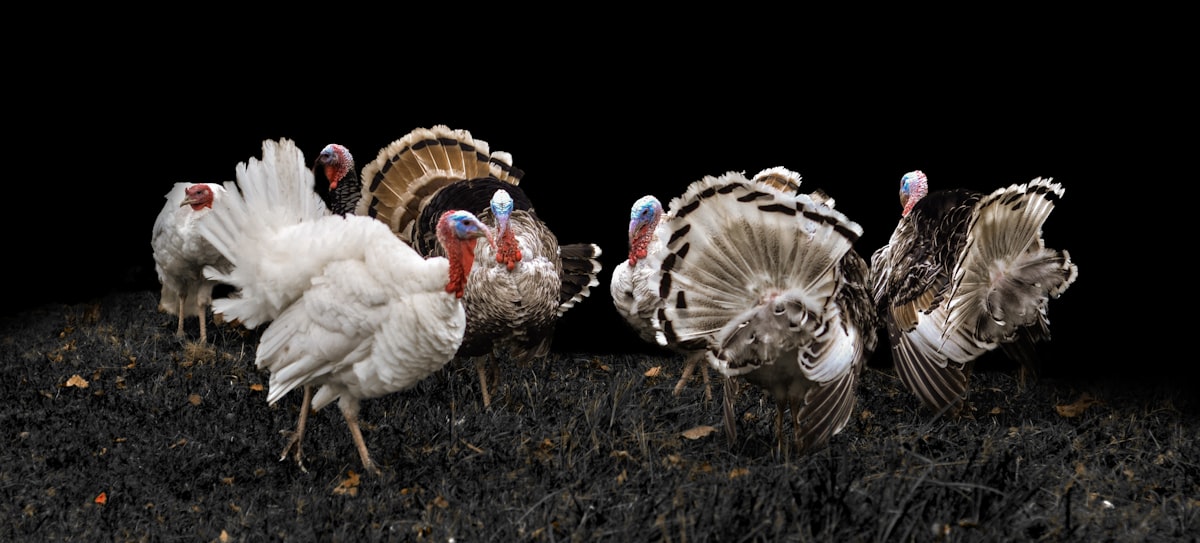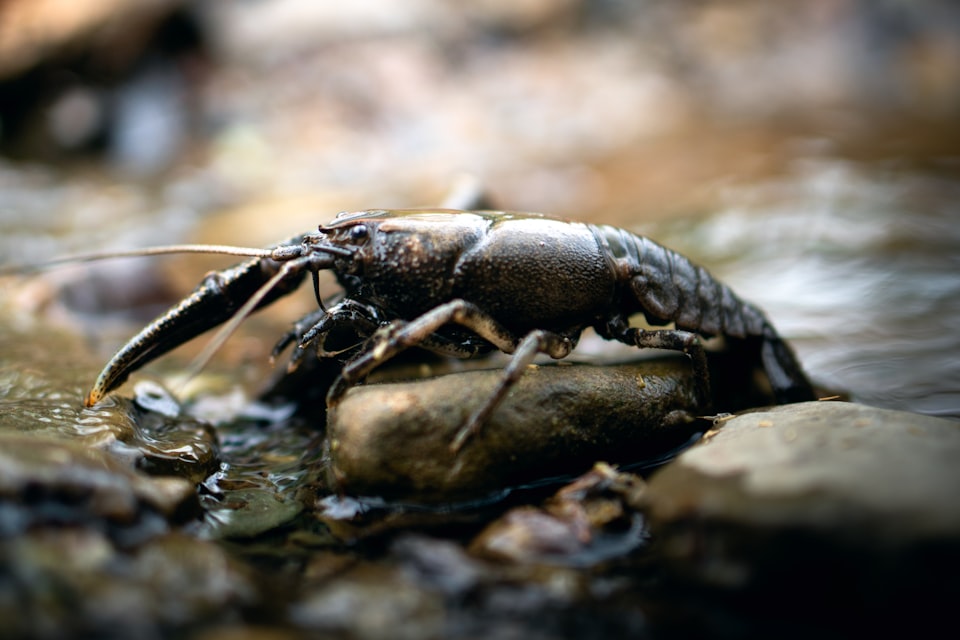V: Turkey
The many moods of snoods.

Good morning. Today is quintidi, the 15th of Brumaire, Year CCXXXI. We celebrate le dindon, North America's favorite feast fowl.
For thousands of years, European women have worn snoods. These usually come in the style of loosely woven hairnets used to contain a bun or a bundle or hair behind their head, though total head covering versions made of yarn and lined with cloth also exist for religious purposes. Basically anything that covers hair and has obvious ropes or strings as the main part of its construction is a snood.
The word "snood" has been traced back to proto-Germanic as a word for "string" or "rope" that is specificially used to tie back hair. It's the prehistoric scrunchie. But it's the association with a strand of material that led to it being applied to that thing dangling off a turkey's beak.



